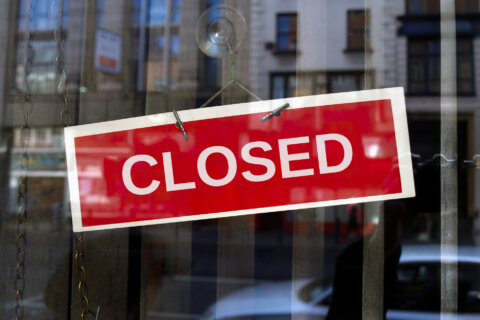(Note: In the video above, Tory Pratt is shown making a French 75.)
A year ago, on New Year’s Eve, would you have considered staying home to relax while making a craft cocktail like a French 75, Goldrush or Miss Congeniality?
If you’re like a lot of people who enjoy being social and going out to bars and restaurants, the answer probably was “no.”
But 2020 has been a little different. When cocktail establishments closed in the spring due to the coronavirus pandemic, lots of people began mixing up their own drinks at home.
So now, as the year comes to a close, you may have gained the experience and patience to craft a fancy cocktail at home. After all, searches for “cocktail” in the D.C. area just about doubled in late March, and then stayed higher compared to the same time in 2019, according to Google Trends.
Gallery: DC’s cocktail experts offer their New Year’s Eve-at-home favorites
Tory Pratt, whose D.C.-based cocktail syrup company, Pratt Standard, aims to make home bartending more accessible, said she’s been busier than ever due to a surge of new mixologists. She makes makes 11 different cocktail syrups in flavors like old fashioned, grenadine, cranberry orange, earl grey vanilla and tonic.
“We’ve tripled in size this year because of the pandemic,” said Pratt. “And of course I can never be grateful for a pandemic and I’d like to be out of this in a heartbeat, but it has given people the opportunity to make cocktails at home and kind of to prove out our model.”
Pratt Standard started doing cocktail classes over Zoom, some days hosting 15.
GOOD DRINKS, GOOD RIDDANCE: Say goodbye to 2020 with these cocktails you can make at home
Tracie Franklin, a whiskey ambassador who is studying to become a master distiller through a program called the Nearest and Jack Advancement Initiative, said she thinks at-home cocktails are here to stay.
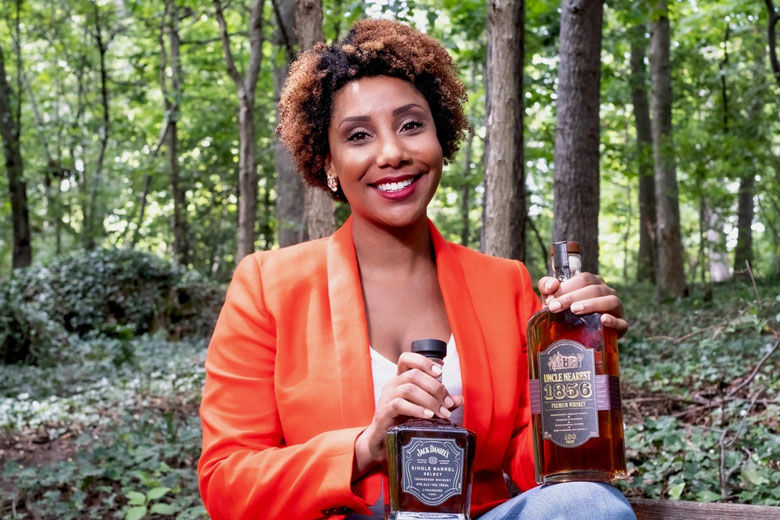
“(The pandemic) is going to change the way we drink. It’s going to change the industry,” Franklin said. “We’re going to be looking at people who don’t go out quite as much, or when they go out, they don’t have as many cocktails because they pre-gamed at home. They had that really delicious aperitif at home because they learned how to make it online.”
Tastes are changing, too. People expanded their palates during the pandemic.
“People’s back bars are growing,” said Frank Mills, the beverage director for D.C.’s Roy Boys chicken restaurant. “More people are going to stores to pick up ingredients they’re seeing on cocktail menus or they’re learning about during virtual happy hours … Now that they have it at home, they’re trying to figure out how to use it.”
Pratt said cocktail fans have been tiptoeing into stronger flavors, experimenting with unique gins and bitter European liqueurs, like amari from Italy.
“I heard from somebody who works at a liquor company that the thing that’s most-searched from Total Wine is gin and amaro,” Pratt said. “If people are searching for gin and amaro, that means people’s tastes are expanding and people are getting into very niche, different, things and I’m excited to see where it goes.”
Mills said the low-alcohol mixing ingredients are captivating the palates of those drinking at home. Some of the traditional accent liqueurs range from the traditional — like Campari, Aperol and sweet vermouth — to artichoke-inspired Cynar and the American-made St. Agresti’s inferno red bitter.
“People are getting into the quality ingredients behind mixers,” Mills said. “The port, sherry, the Pineau des Charentes, as well as your amaro, vermouths — people are really digging deeper into those ingredients.”
Franklin is excited to see how the new wave of adventurous and knowledgeable home bartenders is going to change cocktail menus in the future. Once the pandemic ends, she said, bar-goers who know every ingredient that goes into a traditional Manhattan or Boulevardier are going to require bartenders to raise their games.
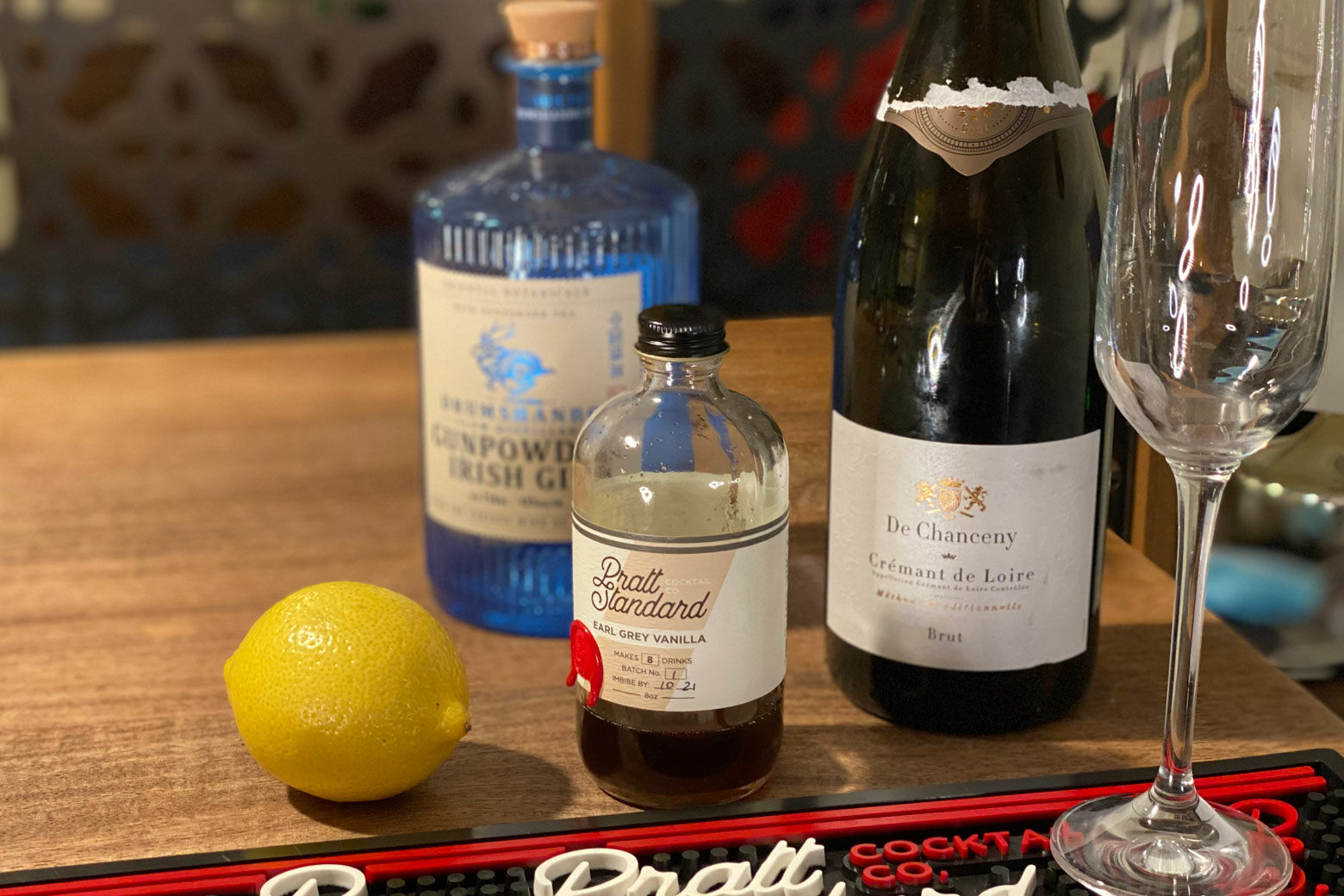
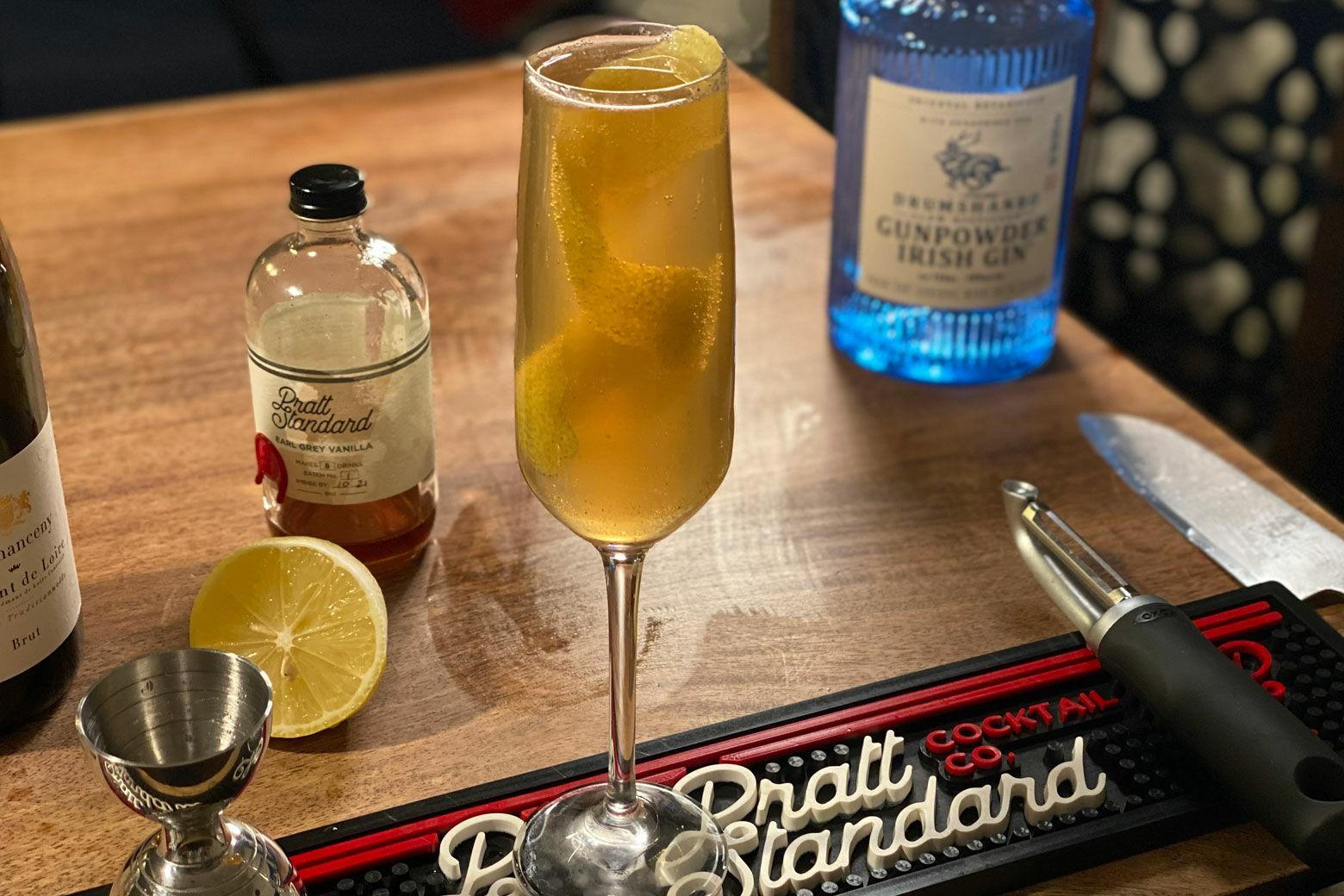
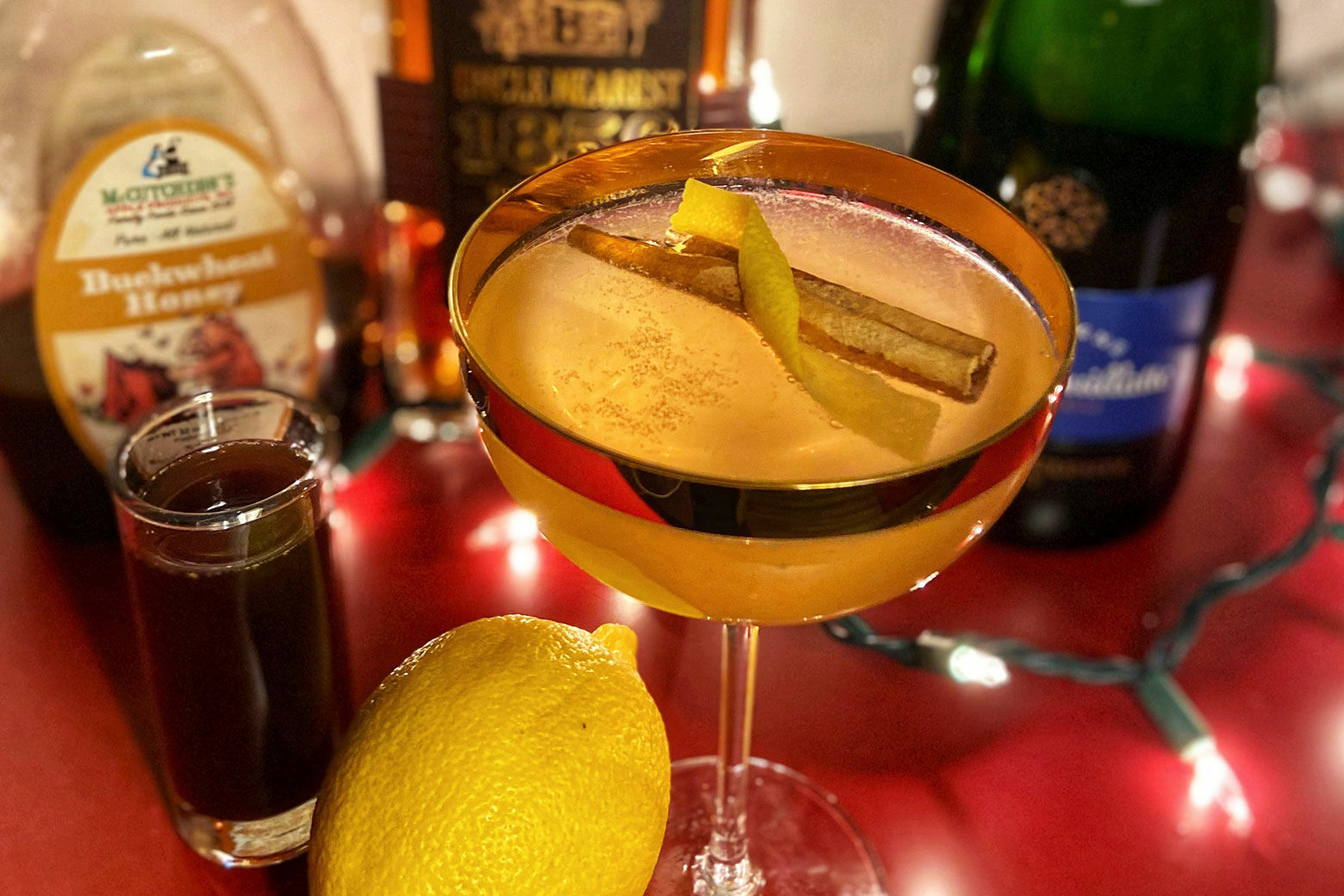
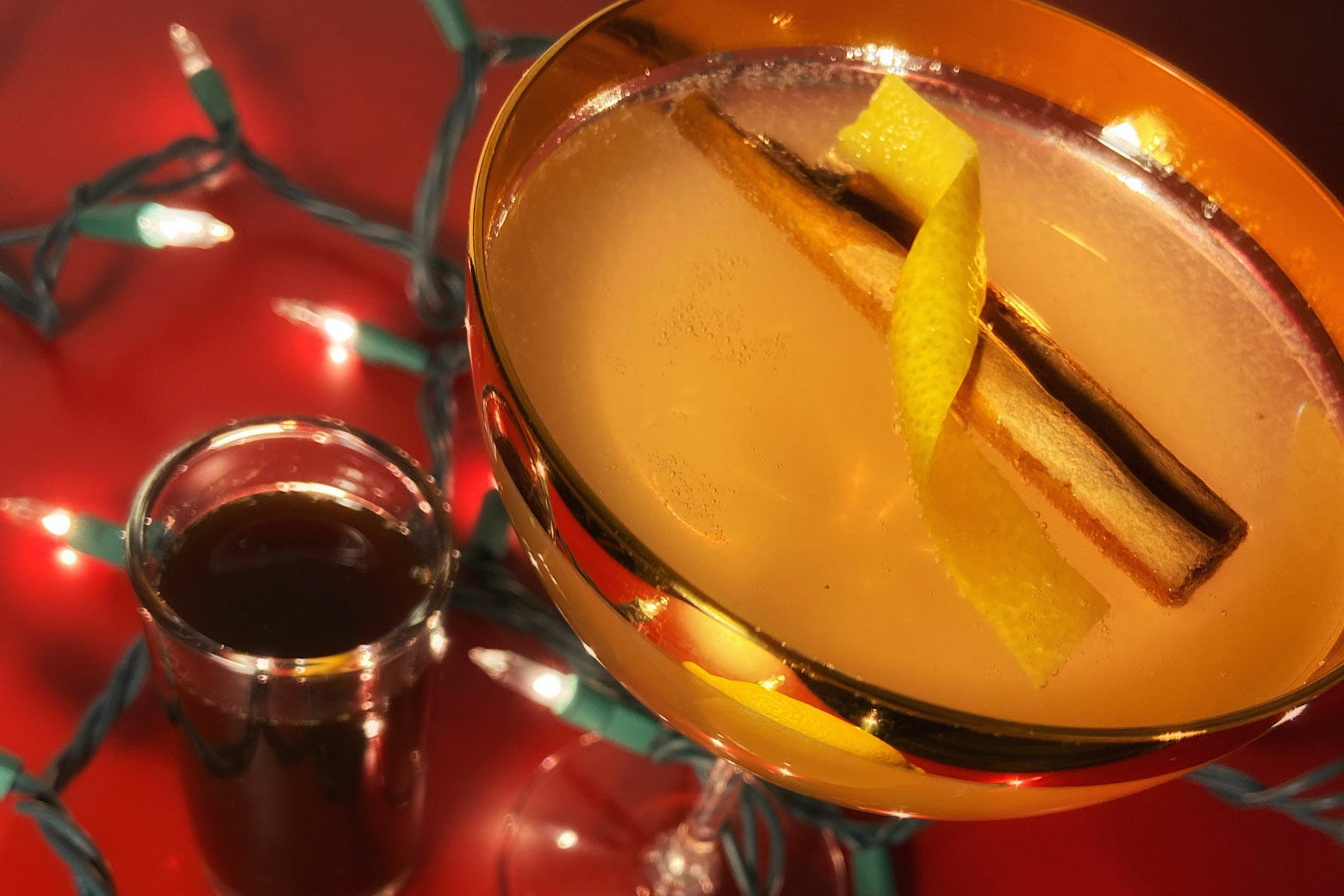
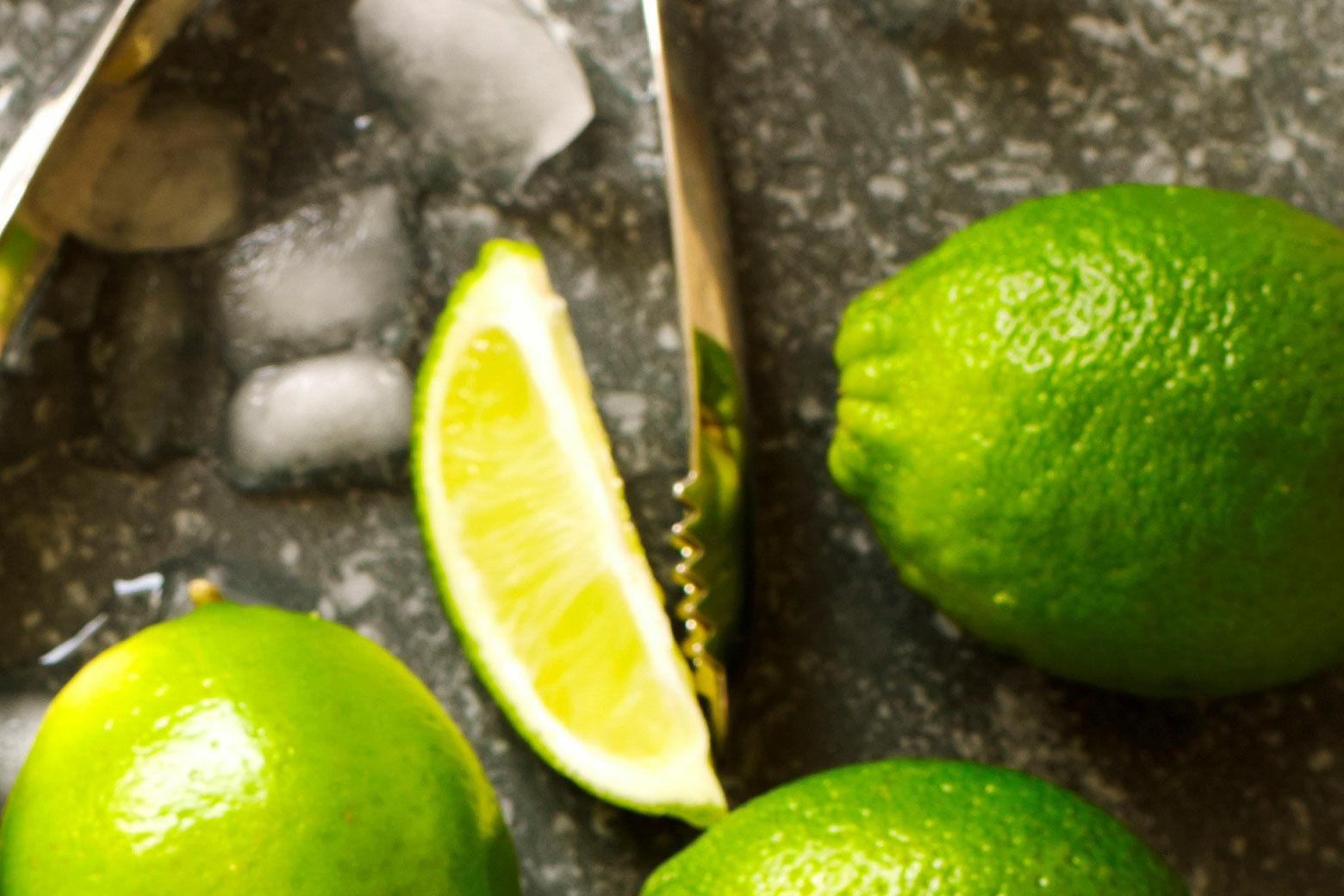
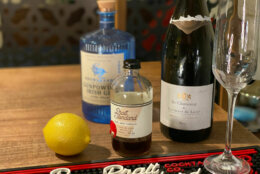
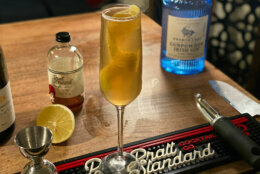
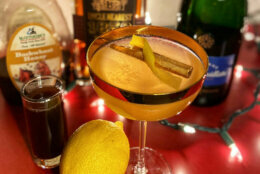
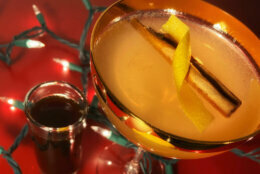
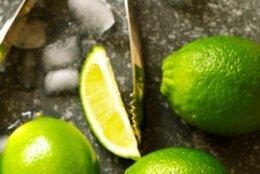
But some drinks are still going to be left to the pros.
“There are certain cocktails none of us are prepared to make, there are certain infusions that none of us are prepared to make,” Franklin said. “That’s something that we’re going to be seeking out even more. What are those flavors and techniques and combinations of ingredients that I wasn’t able to think of? We’re going to look to be awed, to really be inspired.”
Mills put it this way:
“There will always be bartenders like there will always be mechanics,” he said. “People do cherish the effort it takes to build a beverage program.”


